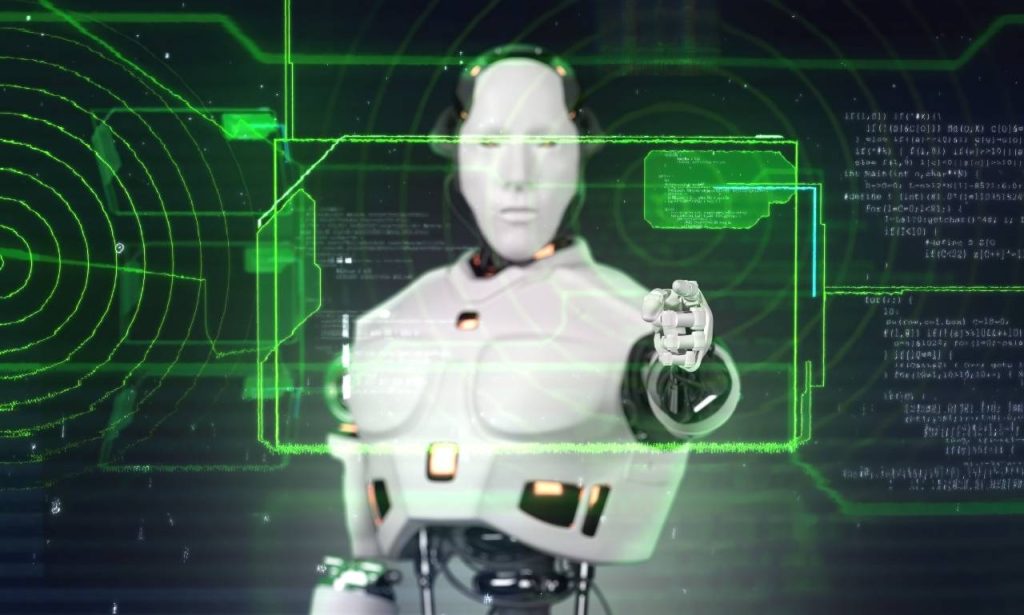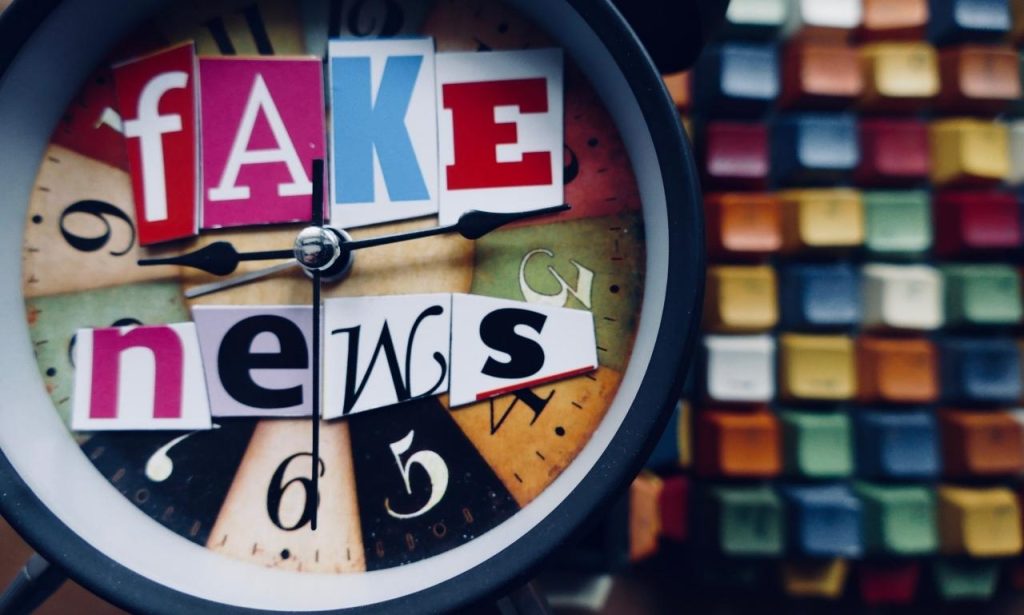AI is changing everything. Companies jump on the AI bandwagon without thinking things through, which is a big mistake. Everybody wants those efficiency gains, but nobody wants to discuss the risks. AI isn’t going anywhere—the potential’s massive. But you need to go in with your eyes open. These technologies come with serious dangers. Ignore them at your peril. Here are the ten most significant AI risks I’m seeing now—and how innovative businesses deal with them.
Cybersecurity Threats
Hackers Love AI Too

Guess what? Bad guys use AI. They’re training algorithms to find your security weaknesses. And they’re getting scarily good at it.
Just last month, a client called me, panicking. Their “unbeatable” AI security system got beaten. How? Hackers used machine learning to study patterns. Then they slipped right through. Ouch.
Those AI-written phishing emails? Nearly impossible to spot now. They sound exactly like your boss or colleague. Traditional filters miss them entirely.
Real Protection Strategies
Forget the old security playbook. AI systems need different protection. Start with zero-trust. Question everything, even your fancy algorithms.
My team runs weekly red-team exercises. We attack our own AI systems. You should, too. Find the holes before the hackers do.
Most dev teams worry about making the AI work, but few think about making it secure. Change that culture now. Security first, features second.
And please encrypt your training data. Seriously. I’m amazed at how many companies skip this step. It’s like leaving your keys in the car with the engine running.
Data Privacy Issues
The Data Hunger Games
AI systems are data vampires. They need constant feeding. This creates massive privacy headaches.
Have you read the GDPR penalties lately? Terrifying. Same with CCPA and other privacy laws. One compliance mistake with your AI system could bankrupt you.
Healthcare and finance folks? You’ve got extra nightmares. Those regulations don’t care about your AI ambitions. They care about patient and customer privacy. Period.
Smart Privacy Approaches
Start with privacy by design—not after you’ve built the thing. It’s too late, then. Privacy considerations must shape your AI from day one.
Here’s a radical idea: collect less data. Yeah, I said it. Your models probably don’t need half the information you’re gathering, and each data point adds risk.
Write privacy policies normal humans can understand. No one reads 20 pages of legal jargon. Tell people what you’re doing with their info.
We do quarterly privacy audits at my companies—not because regulators make us, but because it’s good business. You should, too.
Environmental Harms
The Dirty Secret
AI burns energy like crazy. Training one big language model? The carbon emissions from this machine match those produced by five vehicles during 12 months. Not kidding.
AI data centers use an extraordinary amount of water for their operations. The system requires millions of gallons of water for its cooling mechanisms, and this is in drought-prone regions.
No one discusses the disposal of AI hardware systems at any point. The specialized chips contain dangerous substances, and any discarded AI equipment will remain in landfills for several hundred years.
Green AI Practices

Try smaller models. Network systems that work for specialized purposes deliver similar results to their comprehensive counterparts. Less computing power results in reduced harm to the environment—a win-win.
Request renewable energy information from your cloud service provider. Some run on coal, while others use wind and solar. Your choice matters.
Models should stop the retraining process if users do not require it. The process of refining existing models requires significantly less power consumption. Good for the planet and your budget.
Our organization started using carbon-aware computing systems during the previous year. The training operation activates during periods with abundant renewable energy resources. Cut our footprint by 40%. Simple change, big
Existential Risks
Beyond the Movies
Could AI eventually outsmart us? Maybe. The risk isn’t zero. Smarter-than-human systems bring unique dangers. I worry most about autonomous weapons. Is Military AI making kill decisions? That should keep everyone up at night.
The concentration of AI power bothers me, too. Five companies control the most advanced AI research. There is too much influence in too few hands.
Practical Safeguards
Support AI alignment research. These researchers work to keep AI goals compatible with human values. Their work doesn’t get enough funding.
We need international AI treaties today. No single country can effectively regulate this. Global problems need global solutions.
Test critical AI systems relentlessly. Simulate edge cases. Break things intentionally. Find weaknesses before deployment.
We always keep humans in the loop, especially for high-stakes decisions. Algorithms advise, but people decide.
Intellectual Property Infringement
Copy-Paste Problems
AI copyright issues create multiple complicated legal problems for practitioners. These systems obtain protected content for training purposes before generating portions of it. The artistic community, along with writers, expresses intense anger toward generative AI systems. The AI system generates content that directly competes with the original material that was scraped from its users without their consent.
Who owns AI-generated inventions? Nobody knows for sure. The existing patent laws did not consider machine creators when they were originally written.
Legal Protection Strategies
Verify each source of training data you use for AI systems. Make sure you understand every input your system receives while eliminating the modeling of suspicious data. Plagiarism checkers evaluate every piece of content that AI produces. Extra step? Yes. Necessary? Absolutely. Better safe than sued.
Be transparent about AI usage. Inform readers about material generated by machines. The practice of concealment leads to later complications. The legal team at our organization performs quarterly inspections of AI processing systems. Regulations in this sector are changing rapidly. Stay current or get burned.
Job Losses
Workforce Reality Check
AI will eliminate many jobs, and new ones will appear. But the transition will hurt truck drivers, customer service reps, and factory workers. They’re first in line. Their industries are changing now, not someday.
AI benefits flow primarily to company owners. Job losses hit workers. That imbalance creates serious social problems.
Better Transition Approaches
Retrain before you replace. That’s our policy. Help people develop AI-complementary skills. It costs less than you think. Design systems that make humans better, not obsolete. Augmentation often outperforms full automation anyway.
We reserve 10% of efficiency gains for worker benefits, profit-sharing, education funds, etc. Share the upside. Think beyond short-term savings. Mass unemployment is bad for everyone, including businesses. Community stability matters.
Lack of Accountability
The Blame Game
Every mistake made by AI systems leads to blame-storming among stakeholders. Developers blame users, companies blame vendors, and nobody takes responsibility.
Current laws have not established proper regulations for addressing AI liability questions. Under which party does responsibility rest if a self-driving vehicle experiences a crash? The programmer? The manufacturer? The owner?
Most organizations deploy AI systems without proper management guidelines. Then, act surprised when things go sideways.
Building Responsibility
Your organization should choose someone to be in charge of AI decisions. Name the responsible humans. Write it down. Make it official.
Record everything your AI does. Every decision, every action. The recorded logs function as your protection in case of questioning.
Establish clear procedures through which affected people can appeal automated system decisions. Your affected individuals should not face complicated procedures.
The time to develop AI incident response plans is during peaceful times that precede the crisis. The lesson came through difficult experience.
Lack of Explainability and Transparency
Black Box Dangers
Modern AI systems pose troubles for their designers and developers to comprehend them fully. The complete mechanism behind decision-making remains unknown to all parties.
Regulators hate this. Healthcare and finance companies have to meet growing transparency guidelines. Comply or pay massive fines.
Customers demand explanations too. Users no longer accept computer algorithms as sufficient justification. People want real answers.
Opening AI Systems
Choose simpler, explainable models when possible. They often perform nearly as well and have way less regulatory headaches. Explain AI decisions in plain language. Not technical jargon. Your customers deserve clear answers.
We use explanation tools for complex models. They help interpret decisions after they happen. Worth every penny. Run regular bias checks. Even well-designed systems develop blind spots. Find them before they cause harm.
Misinformation and Manipulation
The Fake Problem

AI-generated fake content looks incredibly real now. Text, images, videos—all can be created or manipulated at scale. Political manipulators use AI to target vulnerable people. Scarily effective personalized persuasion is democracy’s nightmare.
Detection tools keep falling behind. AI has already improved by the time we spot fake content.
Fighting Back
Verify information before trusting it, especially during high-stakes situations. Train your team to question sources.
Support content authentication technology. Digital watermarking, blockchain verification, whatever works. We need tools.
Teach digital literacy skills. The best defense against manipulation is educated skepticism. Invest in training.
Always disclose AI-generated content. We label everything our systems create. Transparency builds trust. Deception destroys it.
Conclusion
Managing AI risks isn’t optional. It’s essential. Implementing these technologies requires careful handling because they possess too much power.
Organizations that achieve success with AI seriously consider taking calculated risks. As a first step, they construct protective measures. This method establishes trust and acquires competitive benefits.
A successful operation requires organizations to innovate while fulfilling their responsibility. It’s not one or the other. You need both.
Start with your biggest vulnerabilities. A single approach cannot solve everything. Organize your security measures according to your present situation.
AI risk management activities should be viewed as an ongoing process because AI technology is constantly evolving. Your protective measures require continuous development.
Also Read: Top 9 Essential Cybersecurity Practices to Safeguard Your Data
FAQs
Data privacy violations. Start with proper data handling practices. Small companies face the same penalties as big ones.
Retrain employees for new roles. Involve them in the transition process. Communicate honestly about changes.
Yes, specialized cyber policies now cover algorithmic harms, which traditional policies often exclude. Read the fine print.
Quarterly at minimum. More often in regulated industries. Always after significant model updates.


